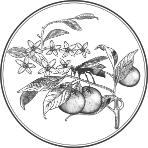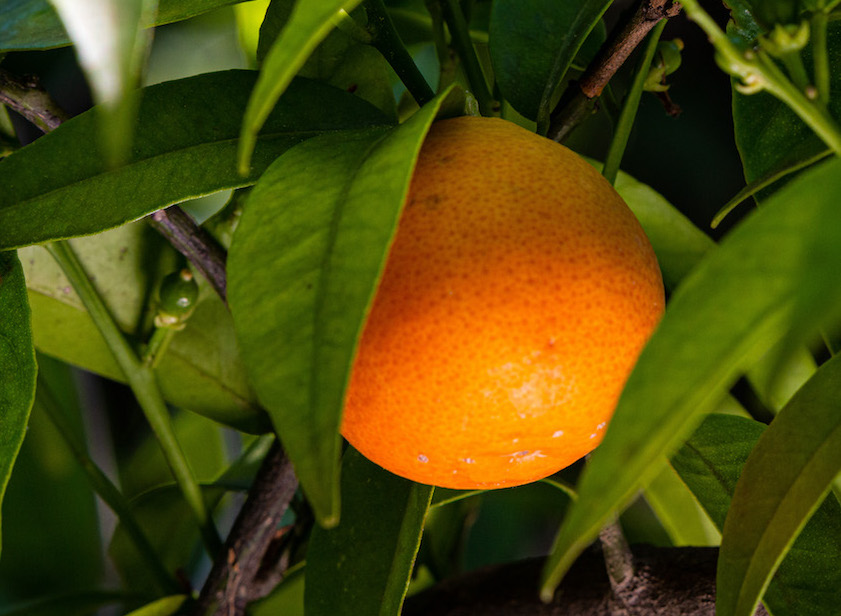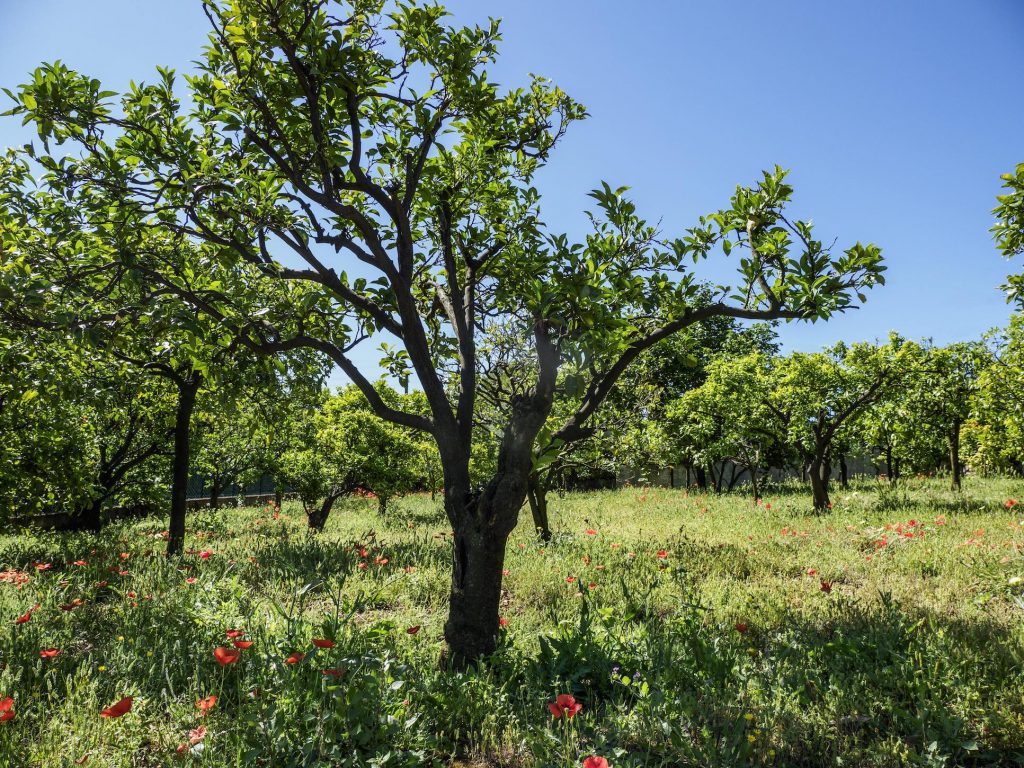The bitter orange tree
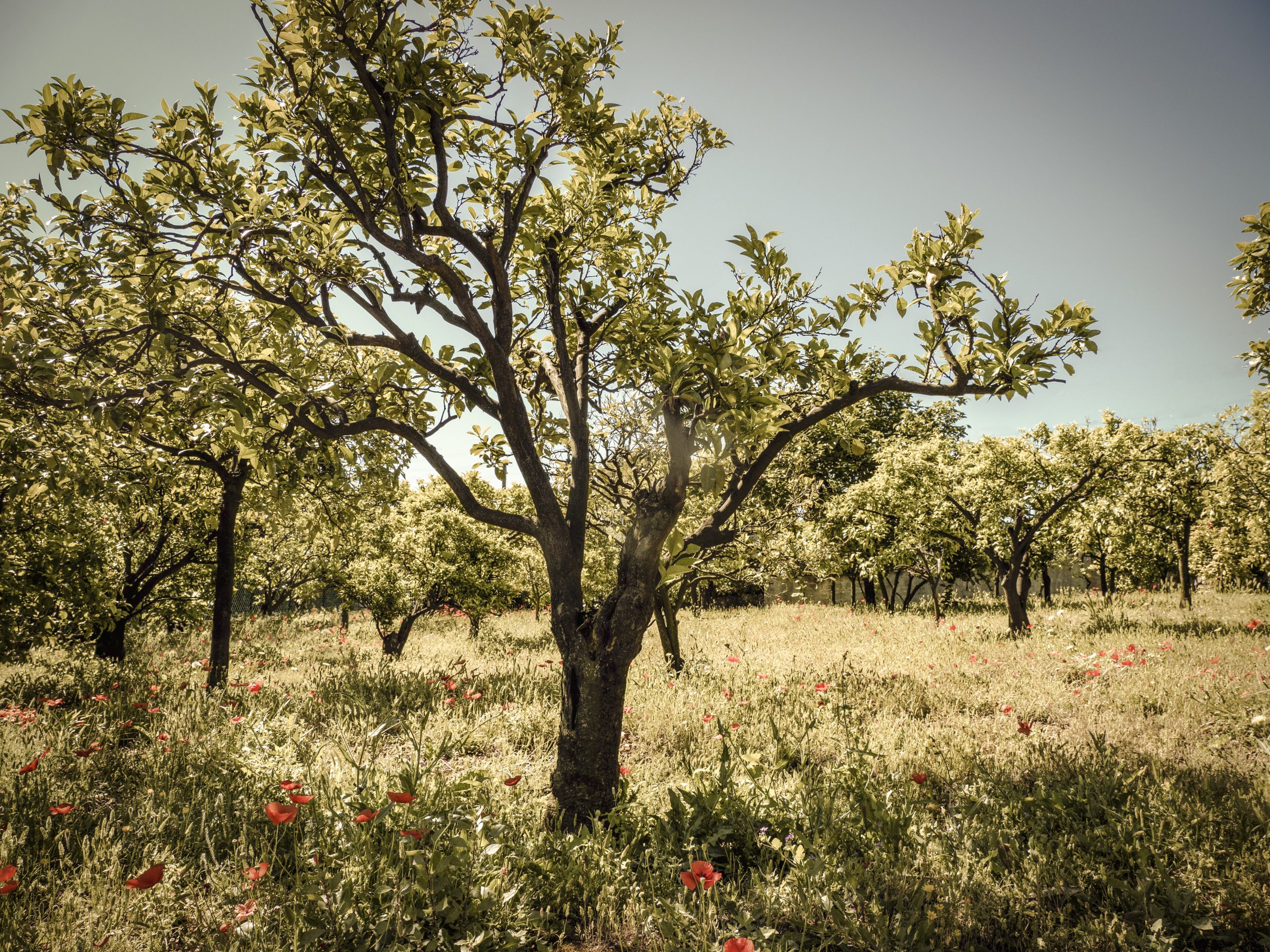
Bitter orange tree, An orange tree like no other
Bitter orange tree isn’t like any other. A rare occurrence in nature, all parts of this tree are useable thanks to its properties useful in many applications: pharmacopoeia, food products, perfumery, beauty products…
And it can live up to 600 years ! This helps to explain the passionate bond between this precious tree and its cultivators, as well as all the care it receives.
A long journey to our shores
Bitter orange originates in the south of the Himalayas. It was acclimatized to Mesopotamia in Roman times then brought to Syria by the Arabs in the 10th century. From there it spread westward reaching Sicily and Andalusia. Originally cultivated as an ornamental and fragrant plant (notably embellishing the courtyard of Cordoba’s Great Mosque), early on agrologists discover its pharmaceutical and cosmetic properties. Its journey will continue around the Mediterranean basin, gracing patios with its « golden apples », to finally reach us in 1336, date of the first historical mention of the bitter orange tree used as an ornamental plant in Nice.
Thanks to the expansion of perfumery industry in Grasse and ideal climatic conditions in Vallauris it became the driving force in the city’s economy by the end of the 19th century and gave birth to Nérolium Cooperative.
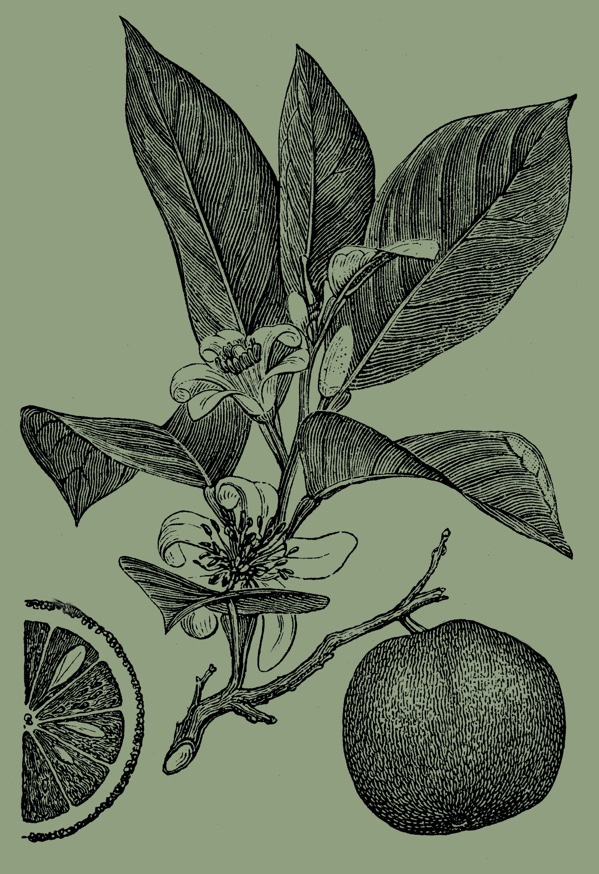
During the Renaissance, a time of major discoveries, Bitter orange tree became a subject of studies
for its multiple virtues and uses of its products:
It is often said that plants and trees need love to thrive. Cultivators in Vallauris-Golfe-Juan and Bar-Sur-Loup aren’t lacking in affection for this tree so precious to them, considering all it has brought them. And keep on bringing: much more than mere plantations, it’s an entire culture, expertise and history they inherited.
That’s why, though not demanding, bitter orange trees are offered great care: it requires specific climate and soils – those of Vallauris and Golfe-Juan are ideal – and some time to mature and bear fruits: 10 to 15 years.
3 to 10 meters tall, its leaves are evergreen and its flowers fragrant. As well as their scent, they can be distinguished from sweet orange flowers by their size (they’re larger). It can handle temperatures as low as -7 or -8°c. It furthermore makes an excellent rootstock.
As for its other name, bigarade orange, it owes it to Provençal « bigarrat », which means variegated. It may also be called « Sevilla orange » or more commonly « bitter orange ». Purists will call it « citrus
aurantinum myrtifolia microphylla », from Greek « citrus » for lemon, Latin « aurantinum » for golden and « myrtifolia mycrophylla » for it small leaves resembling myrtle’s.
To learn everything about bitter orange, come visit our ecomuseum in Golfe Juan, our plantations and our shop !
further information

Key periods of a year at a bitter orange orchard
Late April to early May: Picking orange blossom
June to September: Watering
January to February: harvesting ripe oranges for jams and wine

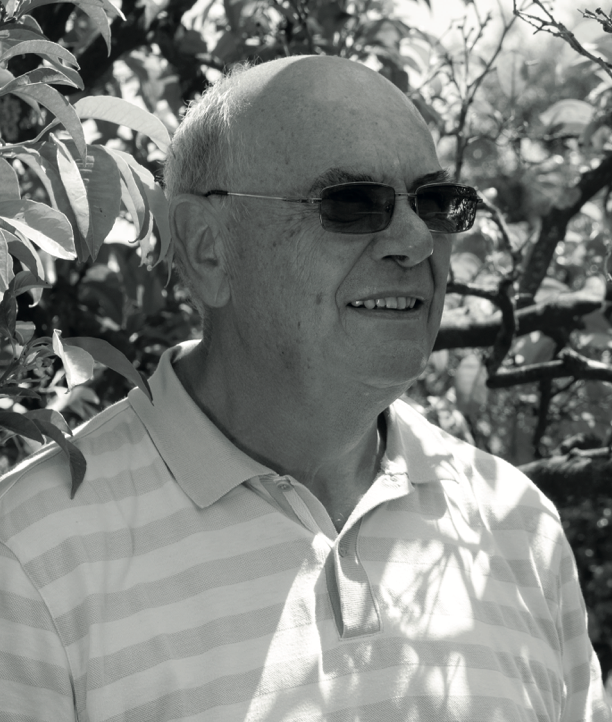

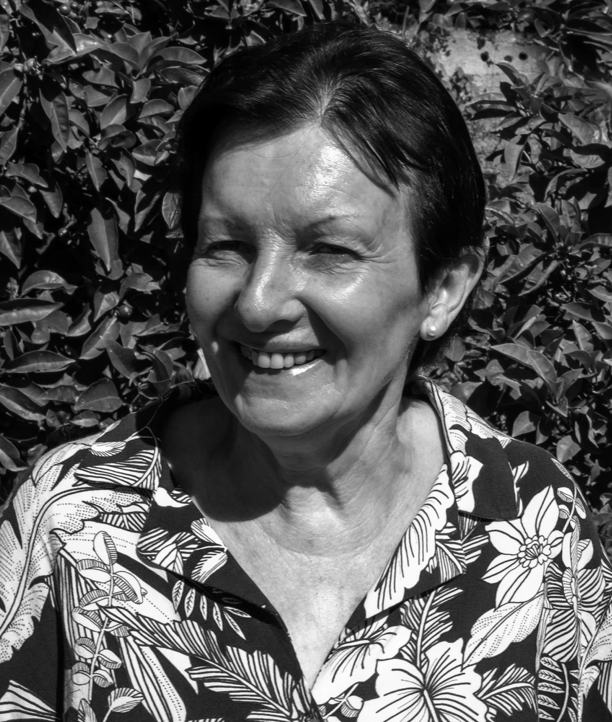
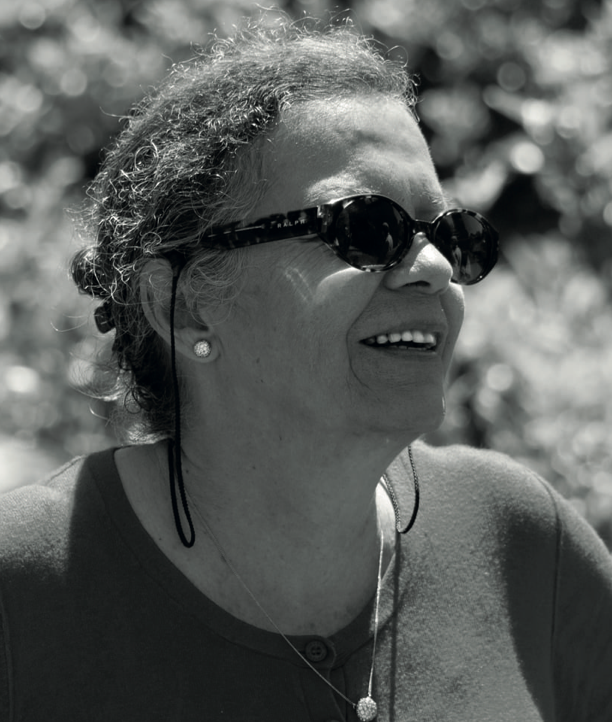
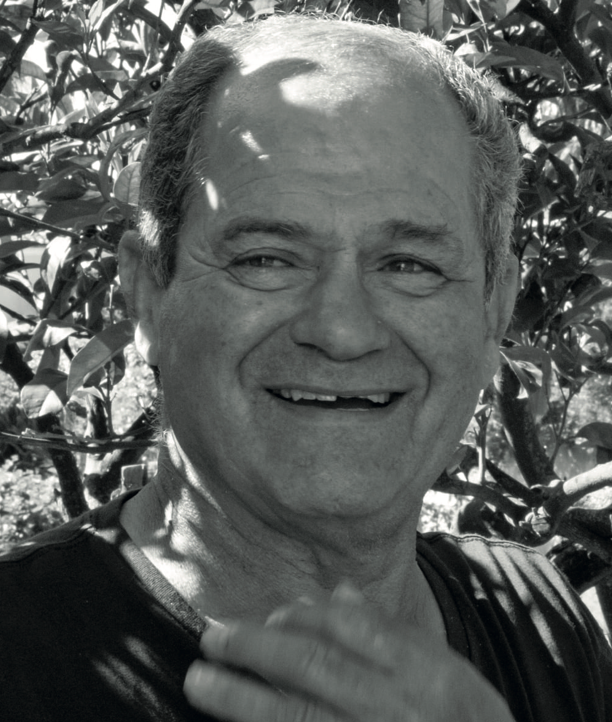
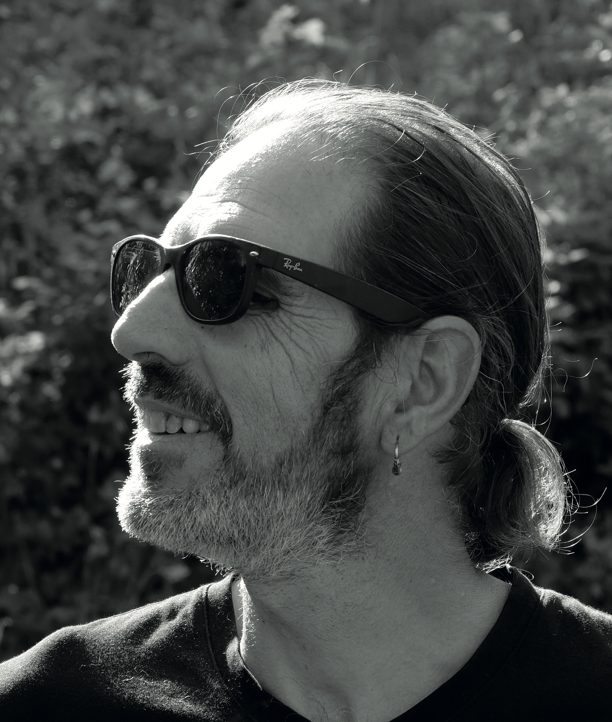
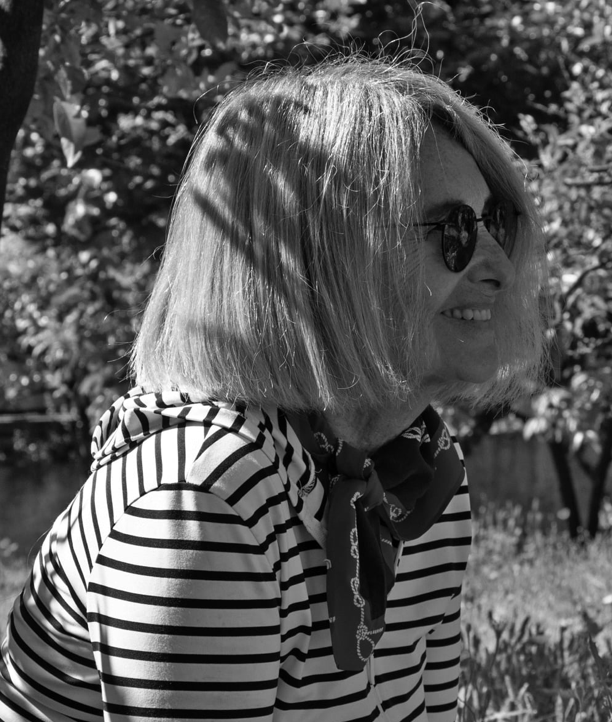
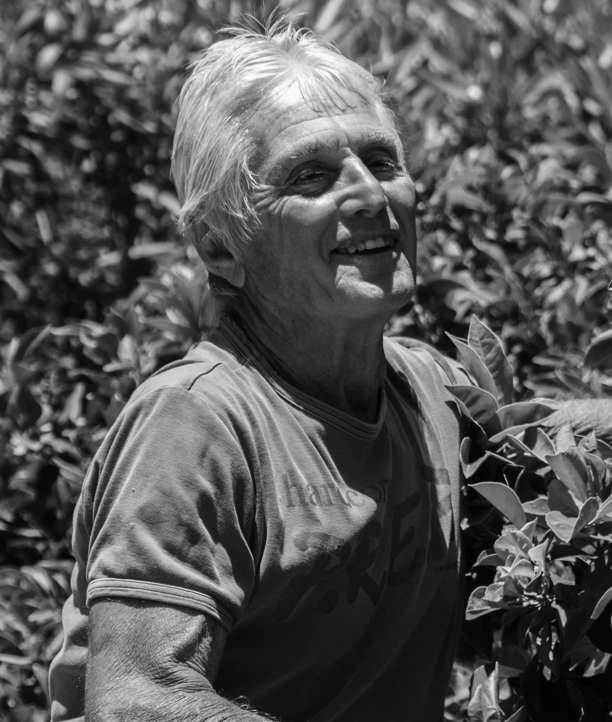
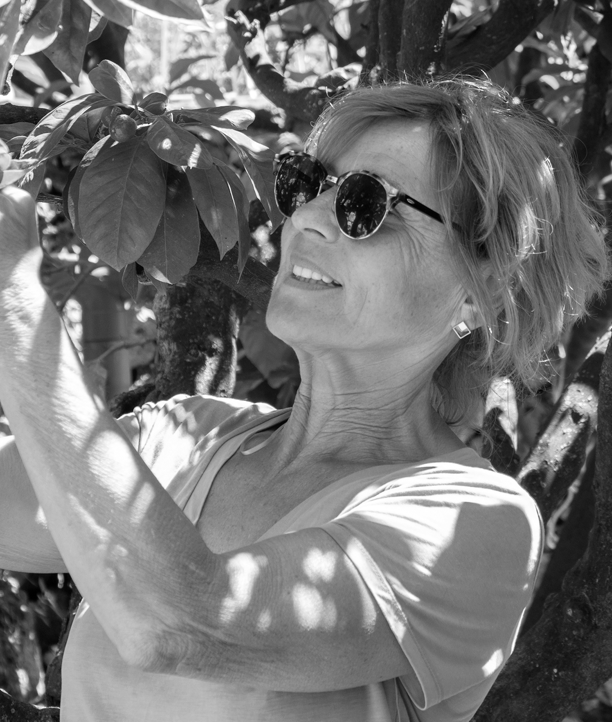
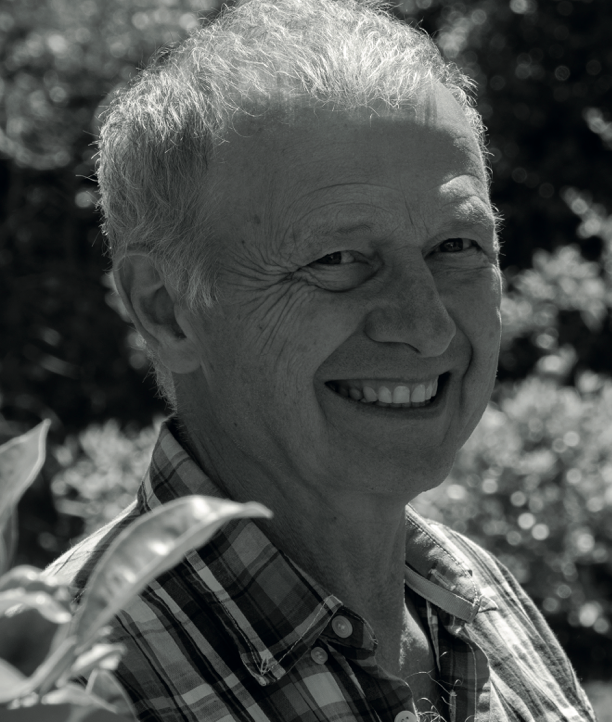
You own bitter orange trees on your land? You too can join our cooperative, perpetuate its traditions and partake in its renewal. You could share part of its history. Better yet, we could write its future together.
